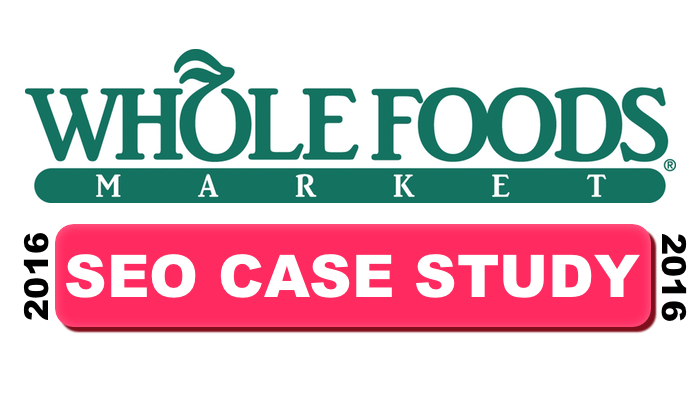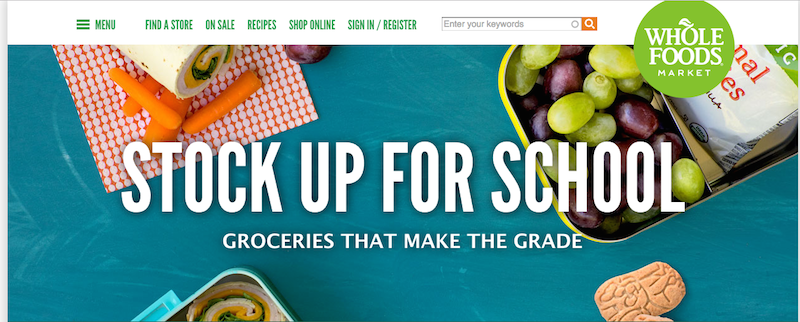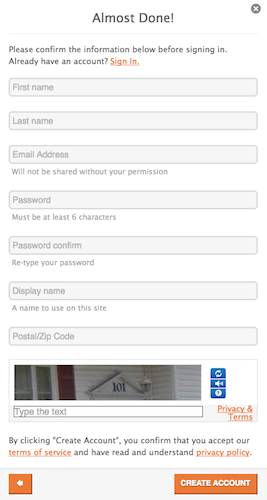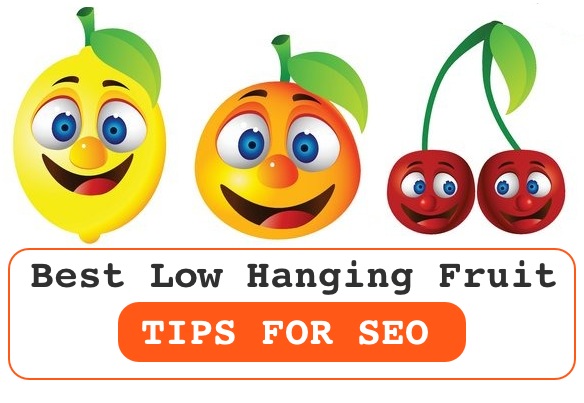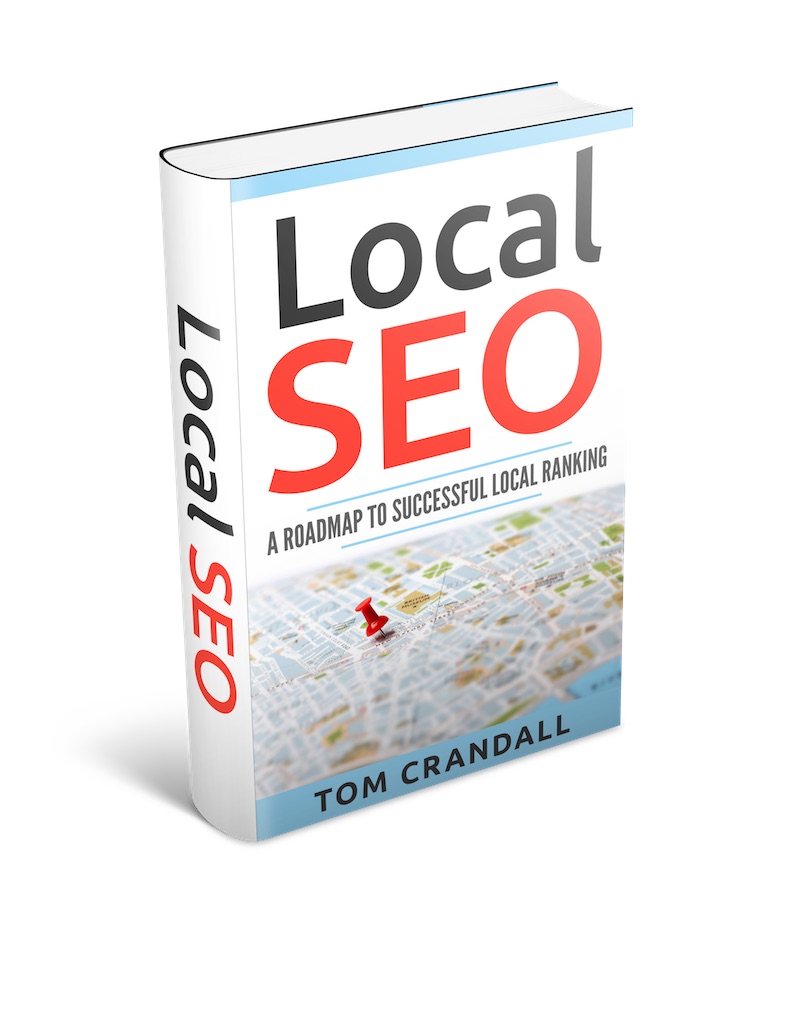When performing website audits I am always finding areas of concern. Today I would like to talk about a SEO Case Study on Whole Foods Market.
For those that don’t know, Whole Foods is one of the premier heath food grocery chains that started out in Austin, Texas.
Normally when I perform a website audit I will either use WooRank or SEOSiteCheckup. Both website audit tools give you a great base to start with, but in most situations I will want to dive a bit deeper and that is when I use something called Screaming Frog. It’s a funny name, but it is a fantastic SEO tool that analyzes a website’s Response Codes, Page Titles, Meta Descriptions, H1 and H2 tags and a few other elements.
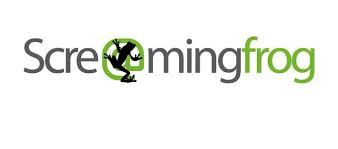
Screaming Frog’s SEO Spider tool allows you to quickly identify 404 errors and omissions like missing (Page Titles, Meta Descriptions, H1 and H2 tags), all of which are factors in page ranking or in CTR or both.
As you may or may not know the Grocery Food chain industry is highly competitive at the local level. As such, local SEO plays a major role in boosting localized search results.
Localized SEO Best Practices include
- Website Audits
- On Page SEO
- Link Building
- Citation Building and Review
One of the values of Screaming Frog is with just a few clicks you can start zooming in on SEO issues.
This Case Study is just going to focus on Whole Food Market’s On Page SEO and things I found that would effect page rank.
HTTPS VS HTTP Duplicate Links
Whole Foods had implemented the HTTPS protocol, but appears to have failed to implement a redirect from their HTTP pages to the HTTPS. This situation creates a duplicate content situation, which of course is bad for SEO.
When it comes to URL’s, Google implements what’s called canonicalization. Essentially if their are duplicates, Google determines which is the “preferred domain” URL for the website. If the site owner doesn’t specify which should be the correct one, Google will decide for them and put that page in it’s index.
The issue is that if Google chooses the wrong URL, that can negatively effect SEO.
The reason is pretty simple. Let’s say you have 2 URLs
http://wholefoodsmarket.com
https://wholefoodsmarket.com
Let’s also assume that the “HTTP://wholefoodsmarket.com” has 2000 backlinks pointing to it and “HTTPS://wholefoodsmarket.com” has 200 backlinks.
If Google chooses to index the “HTTPS” URL instead of the “HTTP” URL, the backlink ranking factor will be greatly diminished. (2000 backlinks vs 200 backlinks).
My recommendation is to point all HTTP links to HTTPS, which will eliminate duplicates and also keep the page rank juice.
Missing Meta Descriptions, Page Titles, H1 & H2 Tags
For SEO making sure you have added a Page Title, 1 H1 and a few H2 tags helps with On Page SEO and page Rank. While the Meta Description isn’t used as a ranking factor any more, it does help with Click Through RATE (CTR) in SERPs. Making sure each page has all of these elements is essential to boosting organic traffic results and boosting CTR.
Using Screaming Frog you can quickly identify the missing elements for each page. Whole Foods did a great job of using titles on their pages, but as you can see, they have duplicate content, which is a problem.
I will typically go through each tab and identify pages that have missing elements. Screaming Frog allows you to export the data and to either give to clients or to use as a reference when making SEO updates.
There Can Be Only One
 For those who like the Highlander series, you will know what I am talking about. For the rest of you, it’s best practice in SEO to use ONE and only ONE H1 header tag per page. The header tags are used to help tell Google what the page’s content is about. If you have multiple H1 tags with different keywords then it is difficult for Google to contextualize the page.
For those who like the Highlander series, you will know what I am talking about. For the rest of you, it’s best practice in SEO to use ONE and only ONE H1 header tag per page. The header tags are used to help tell Google what the page’s content is about. If you have multiple H1 tags with different keywords then it is difficult for Google to contextualize the page.
In Whole Food’s case, I found that they were using multiple H1 tags, which may negatively effect their SEO page ranking.
When viewing a webpage, an easy way to view H1 tags is to view the source code and look for “<h1”. That will show you how many h1 tags are being used on the page.
Another problem I see crop up from time to time is unintended H1 tags being applied to a page. I usually see this on websites that use Sign-up forms and other plugins that require user interaction.
In Whole Foods case, many of their pages had multiple duplicate H1 tags and I saw a reoccurring theme. The H1 tag “Almost Done!” and “Thank you for registering” was being used throughout the site. Obviously this is a major problem, since these H1 tags have nothing to do with the actual content on the page and in most cases probably negatively effect Page ranking.
Digging a bit deeper, it turns out that the H1 tags were coming from Whole Food’s Sign In/Register main menu option which calls the Janrain Social Login program.
When a user registers without social media, they get to a form that requires a bunch of fields to be entered. At the top of the form there is a H1 tag that uses the text “Almost Done”. This H1 tag is used on almost all of Whole Foods pages and will most likely negatively effect the Page ranking score.
Whole Foods Market SEO Case Study Takeaway
Based on my analysis, Whole Foods needs to make a few adjustments to improve their overall SEO performance.
Eliminating duplicate page information is usually related 2 areas.
- WWW vs Non WWW pages
- HTTPS vs HTTP
In Whole Food’s case redirecting HTTP pages to their more secure HTTPS pages will eliminate most of the duplicate issues without loss of Page Ranking. The link Juice will pass to the HTTPS pages.
It was my suggestion that Whole Foods contact Janrain and see if they can remove the H1 tags from their software. Another option is to use a different social media software program that doesn’t contain the H1 tags.
Lastly there are several pages that need updating to add Meta Descriptions and H1 Tags as well as a few pages that need their Page Titles tweaked.
All in all Whole Foods Market issues are easy fixes that should improve their overall ranking.
Check out other SEO Case Studies

